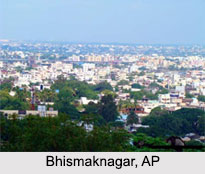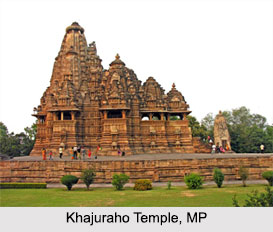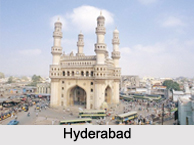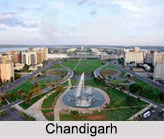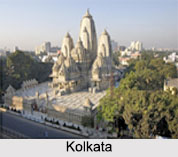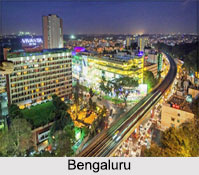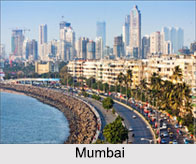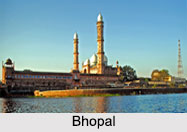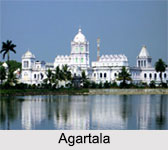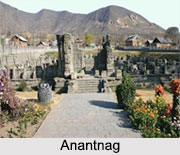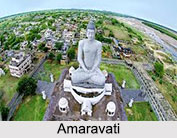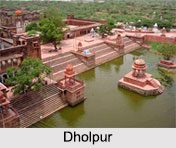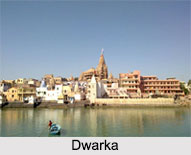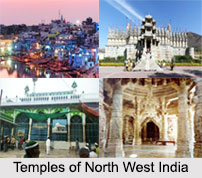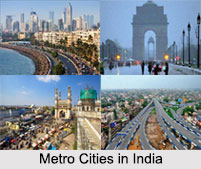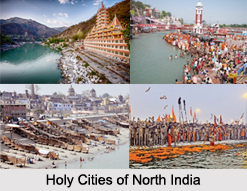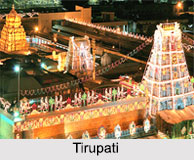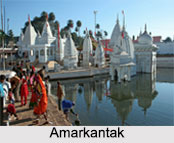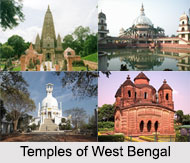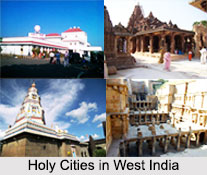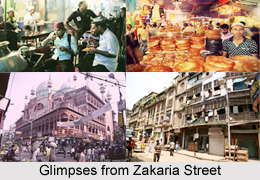 Zakaria Street is filled with the smell of Mughlai dishes and the Muslim sweet dishes. The edifice of Nakhoda Masjid looms large over several of the structures which have come up under its shadow. Zakaria Street is over flowed with foods stalls which are selling sweets and non vegetarian foods every evening from 5pm till the night during Ramzan Period.
Zakaria Street is filled with the smell of Mughlai dishes and the Muslim sweet dishes. The edifice of Nakhoda Masjid looms large over several of the structures which have come up under its shadow. Zakaria Street is over flowed with foods stalls which are selling sweets and non vegetarian foods every evening from 5pm till the night during Ramzan Period.
Eid is like according to William Dalrymple, "Islam has always been an urban faith, ill at ease with the wilderness; its civilization has always flourished most successfully in the labyrinths of the ancient bazar towns of the East. Certainly there can be no doubt that Islam looks at its most impressive in a great urban cathedral mosque, especially on an occasion like Id."
Sewai (vermicelli) at Zakaria Street is the integral part of Ramzan Eid. It is the food area in front of Kolkata`s largest mosque having intricate carvings and towering minars.
However, halwa puri, soan papdi, biriyani and steaks are favourite to every one in Muslim zone and Hindu areas. There are large numbers of glass bangles shops which are easy to be found.
While there are large numbers of bakery stall which will sell scores of the much sought-after Bakarkhani bread (fried flattened bread with sesame seeds) and Rogni Roti (sweet breads with sprinklings of dry fruits) every night. For the perfect dress in Eid, Lucknow chikan kurtas will be the best choice.
At the end of the lane of Nakhoda Mosque, there are doling out delectable shahi tukras throughout the month of Ramzan. The Shahi Tukras are made with the fresh ghee and then soaked in milk, flavoured with real zafran (saffron) imported from Persia. Having a full course of Islamic food in biriyani, steaks and kebabs will come in front. They are not only popular among the Muslims in Kolkata, also there many Hindus who like these foods. It is a common picture that the small bistros of Zakaria Street displays the humongous blob of marinated meat and of course the ubiquitous sheik of kebabs. There are many non vegetarian food dishes which are very deep-fried and well marinated.
Related Articles
Kolkata
Culture of Kolkata
Street Foods of Kolkata
Culture of Kolkata
History of Kolkata
Tourism In Kolkata
Nakhoda Mosque
Mosques in West Bengal
